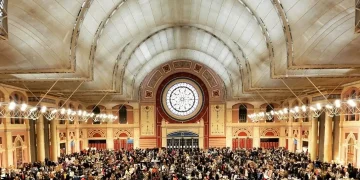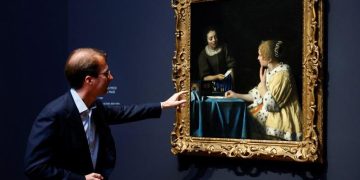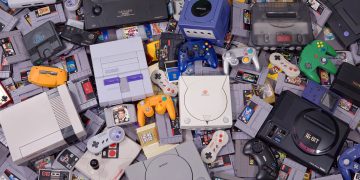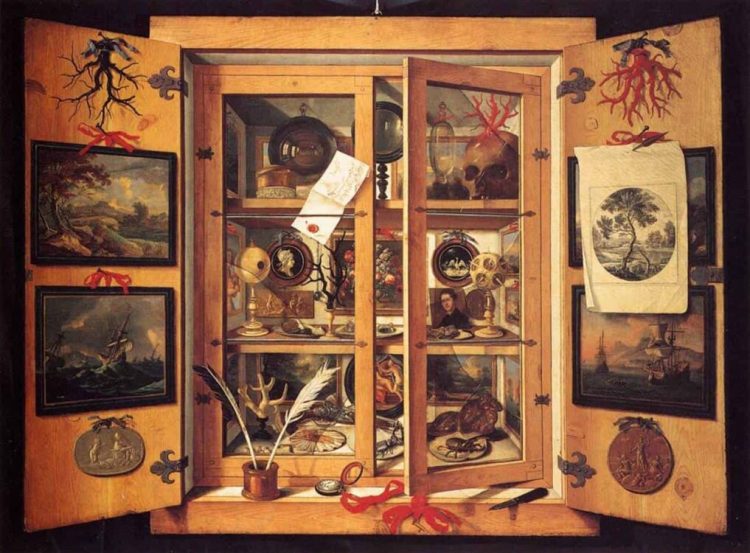In recent years, the collectibles market has experienced unprecedented volatility. Prices for various categories—from vintage watches to contemporary art, from rare coins to luxury handbags—have swung dramatically within short timeframes. This volatility has left many collectors and investors asking: Are we witnessing a speculative bubble poised to burst, or is this turbulence a sign of emerging opportunities?
This article offers a comprehensive analysis of the factors driving these sharp price movements, explores whether the market is overheated or maturing, and outlines what collectors can expect in the near future.
1. The Anatomy of Price Volatility in Collectibles
Price volatility in collectibles arises from multiple intersecting forces. Unlike traditional financial markets, collectibles are influenced by subjective value, cultural trends, scarcity, provenance, and emotional appeal. When demand surges or supply tightens, prices can accelerate rapidly.
Moreover, the collectibles market is less liquid and less regulated, with fewer intermediaries and less transparent pricing mechanisms. This opacity amplifies price swings as large purchases or sales by influential collectors can move the market significantly.
2. Speculative Fever and the Risk of Bubbles
Some observers argue the market’s sharp price increases reflect speculative mania. Easy access to online auctions, social media hype, and influx of new buyers can fuel unsustainable demand.
Examples of rapid price inflation in NFTs, certain sports memorabilia, and luxury handbags have raised concerns about bubble-like conditions, where prices are detached from intrinsic value.
The risk lies in a sudden correction, leaving latecomers with devalued assets and shaken confidence.
3. Drivers of Genuine Value Growth
However, not all price rises are speculative. Several categories demonstrate fundamental value growth supported by real demand, scarcity, and cultural relevance.
For instance, vintage watches and classic cars show long-term appreciation backed by limited supply and enduring collector interest. Contemporary art benefits from expanding institutional recognition and evolving aesthetics.
Understanding which segments exhibit these fundamentals helps distinguish opportunity from hype.
4. The Role of Demographics and Wealth Distribution
Shifting demographics, especially the rise of younger and more global collectors, play a crucial role in market dynamics. Millennials and Gen Z bring different tastes, preferences, and digital fluency, reshaping demand patterns.
Increasing wealth in emerging markets introduces new buying power and cultural influences, sometimes causing rapid price appreciation as these collectors acquire prized objects.
These demographic shifts suggest the market’s volatility partly reflects its adaptation to new participants rather than pure speculation.
5. Impact of Technology and Digital Platforms
The proliferation of digital platforms and online marketplaces has democratized access, enabling more participants to buy and sell collectibles.
While this increases liquidity, it can also accelerate hype cycles and amplify price volatility. Social media can create feedback loops of enthusiasm, driving short-term spikes.
Simultaneously, technology improves transparency, provenance tracking, and authentication, which bolster long-term confidence and value.
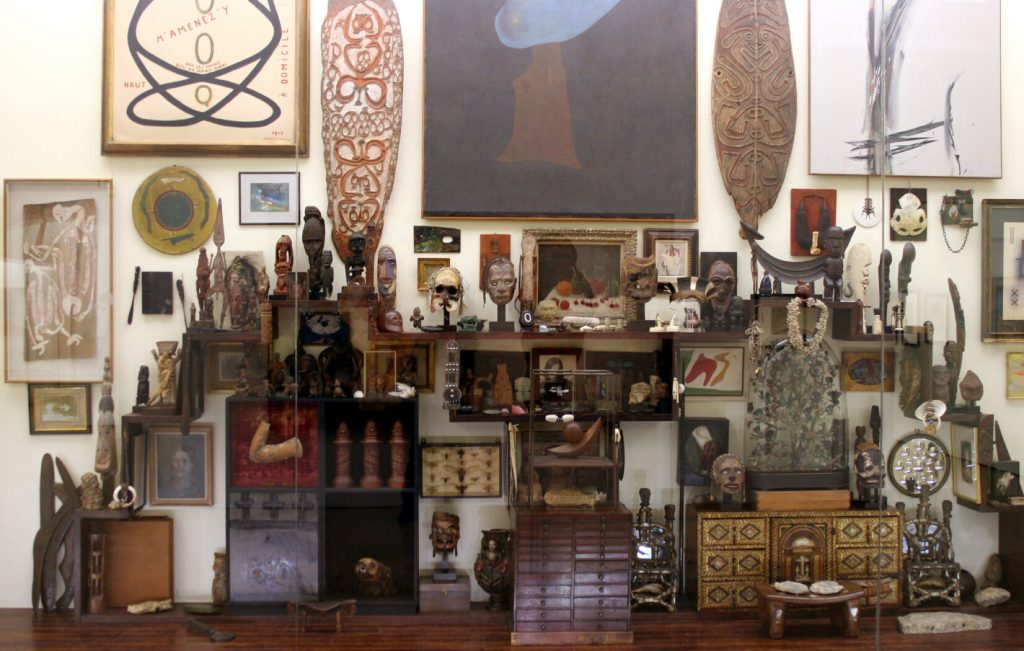
6. Macroeconomic Factors and Alternative Assets
Economic uncertainty, inflation concerns, and low interest rates have pushed investors to seek alternative assets, including collectibles.
This “flight to tangibles” injects capital into the market, sometimes causing rapid price increases. Conversely, changing economic conditions can also trigger pullbacks as liquidity tightens.
Understanding these macro trends is key to contextualizing market movements.
7. Indicators of a Healthy vs. Overheated Market
Key signs of a healthy collectibles market include steady price growth supported by expanding buyer bases, increasing institutional involvement, and consistent quality supply.
Signs of overheating include speculative frenzy, unsustainable bidding wars, and frequent price reversals disconnected from historical norms.
Collectors should analyze market data, auction results, and expert commentary to gauge conditions accurately.
8. Opportunities Amid Volatility
Volatility, while risky, creates opportunities for informed collectors. Price dips can offer entry points to acquire quality pieces at attractive valuations.
Diversification across categories and a focus on provenance, condition, and rarity reduce risk.
Long-term perspective and patience are essential to weather short-term fluctuations.
9. The Evolution of the Collectibles Market
The current turbulence reflects the collectibles market’s evolution into a more mature, globalized, and digitized ecosystem.
Greater access and participation increase complexity but also create depth and resilience.
Institutional involvement and improved infrastructure signal ongoing maturation.
10. Practical Advice for Collectors and Investors
- Conduct thorough research and due diligence.
- Build relationships with trusted dealers and experts.
- Avoid chasing hype; focus on quality and fundamentals.
- Monitor broader economic and demographic trends.
- Consider professional appraisal and authentication.
- Maintain a long-term vision aligned with personal collecting goals.
Conclusion
The sharp price fluctuations in the collectibles market today reflect a complex interplay of speculation, genuine demand, demographic shifts, technological impact, and macroeconomic forces. While bubble risks exist, so do real opportunities for savvy collectors.
Understanding these dynamics enables collectors to navigate volatility strategically rather than react emotionally. The market is not simply bubbling—it is evolving, offering a landscape rich with both challenges and potential rewards.
For those prepared with knowledge and patience, this evolving market can be a source of lasting value and passion.













